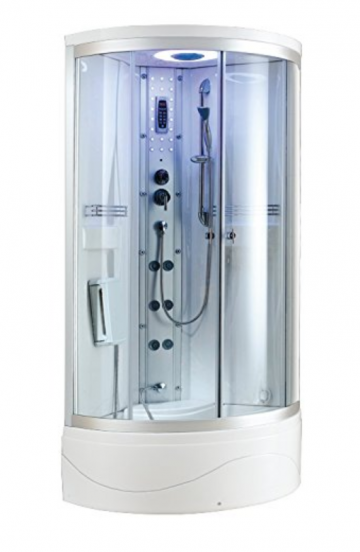The two main types of water softeners are the saltless water softeners and the standard water softeners. In the past, the standard water softeners are the preferred water softeners as they have a deep heritage for softening hard water. Nowadays, saltless water softeners are gaining their popularity in the country as they produce water that have superior qualities alike to the natural water, when compared to the standard water softeners.
The best saltless water softeners use a different approach for softening hard water. They do not introduce additional elements into the hard water to soften it. Instead, the saltless water softeners utilize specially charged resins inside its chambers. These resins will send electrons into the hard water to stabilize the hard mineral ions by creating an attractive bond between the calcium and magnesium ions. This method cause the hard mineral ions to lose their reactivity to form compounds with other elements, and soften the hard water.
Like I mentioned previously, water produced by saltless water softeners have superior qualities that are similar with natural water. The water feel silky, soft, and natural. They leave the skin with a refresh feeling after washing and bathing. On the other hand, water produced by the standard water softeners have additional sodium ions in them, which create a soapy feeling in the water. This is due to the alkaline properties of the sodium ions. The soapy feeling is rather irritating for many people as it clings onto the skin after washing or bathing, creating an impression that they did not wash themselves clean.
Saltless water softeners are also more environmental friendly as their softened water can be recycled easily. Due to the extra sodium ions added, water produced by the standard water softeners cannot be recycled as the sodium ions need to be removed first, and it is a very expensive process. Also, these waters could pose pollution problems such as salt pollution when they are disposed into the seas.











